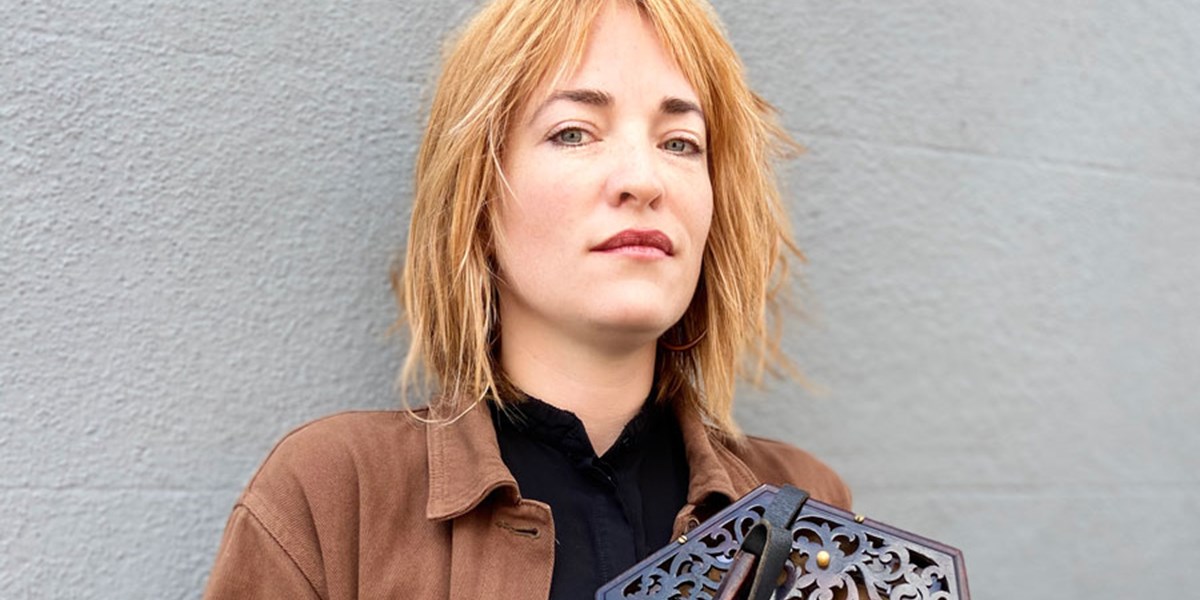Friday, May 21, 2021
Concertina | Musical Instrument Guide (with Radie Peat)
Lankum’s Radie Peat may play a laundry list of instruments, but she tells Garth Cartwright why the concertina is her main love


Register now to continue reading

Thanks for visiting the Songlines website, your guide to an extraordinary world of music and culture. Sign up for a free account now to enjoy:
- Free access to 2 subscriber-only articles and album reviews every month
- Unlimited access to our news and awards pages
- Our regular email newsletters

